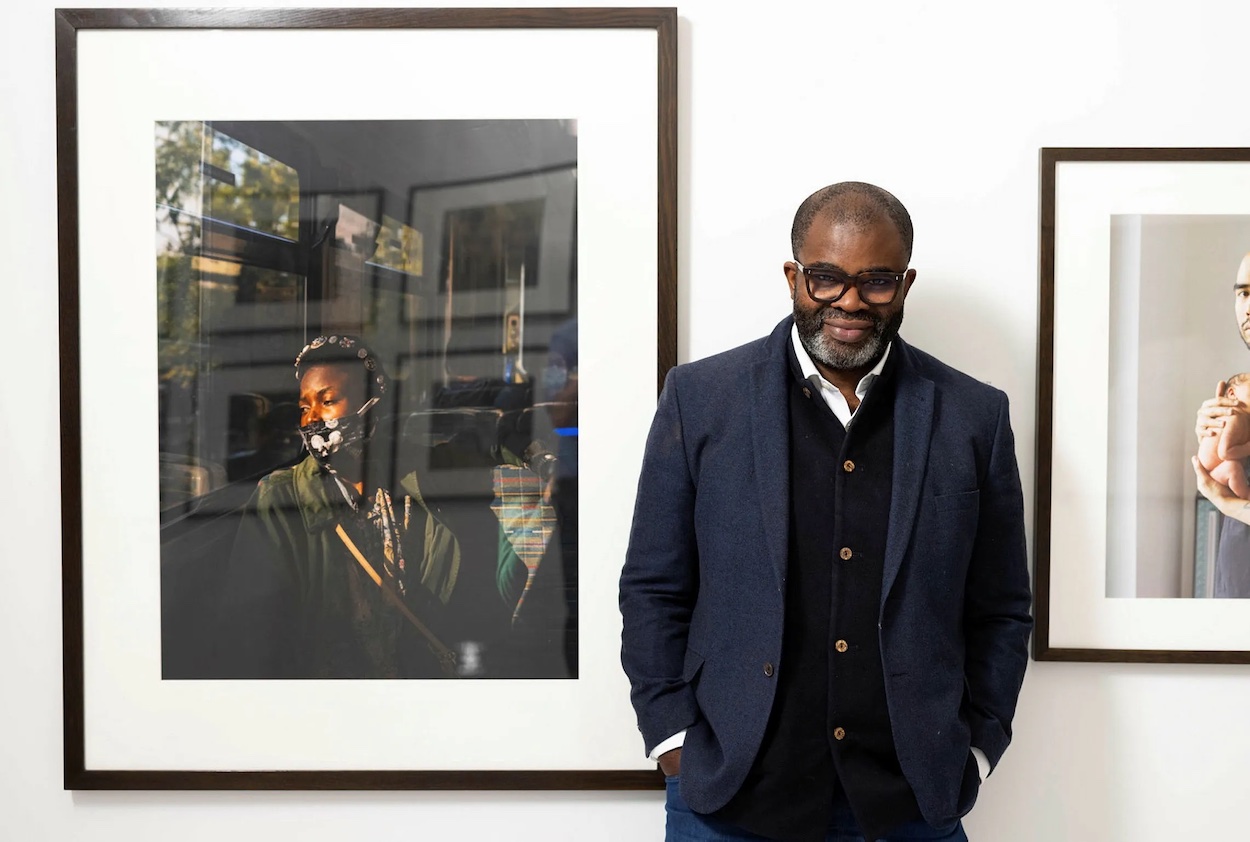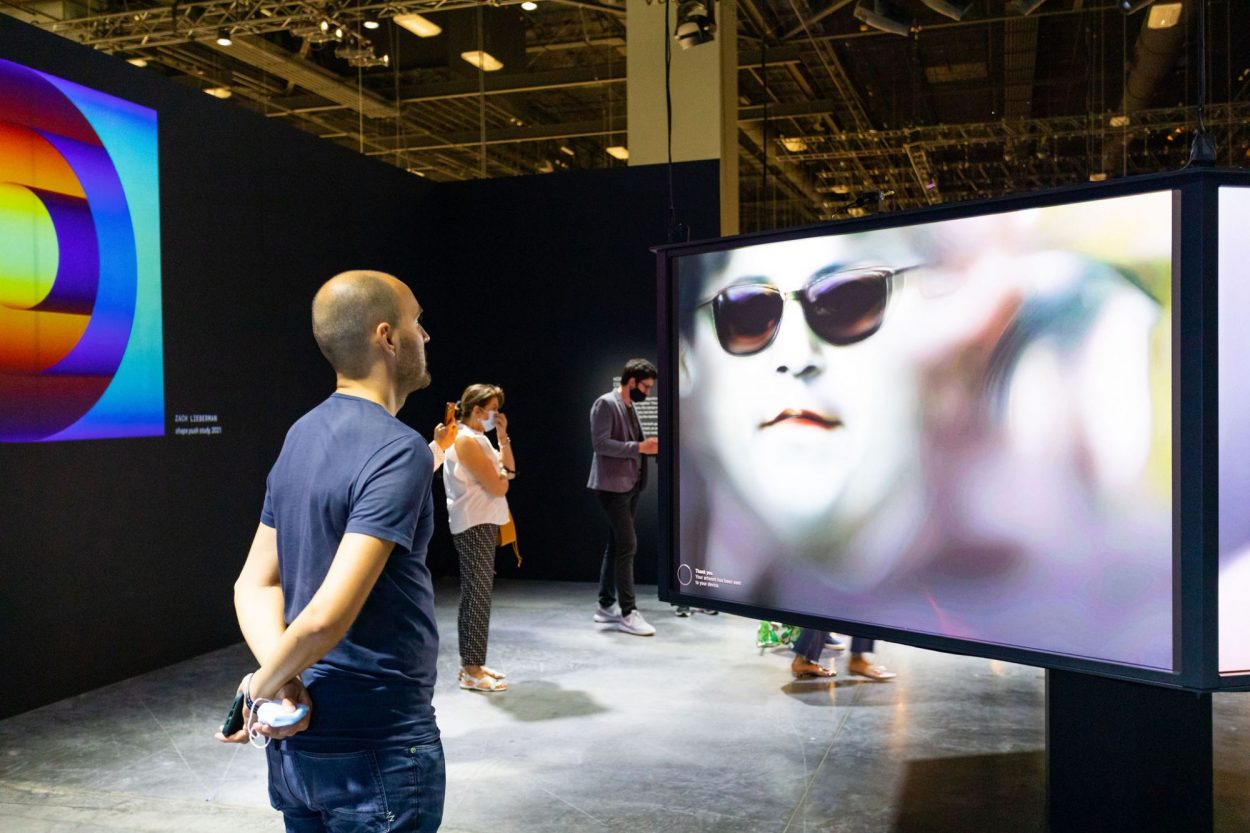Tezos is quickly becoming one of the art world’s go-to blockchains, especially among creators who’ve embraced NFTs but are concerned about the high minting fees and environmental impact of chains like Ethereum. The Tezos Foundation, the energy-efficient blockchain’s Swiss nonprofit arm, is further cementing its status as an art-world player by launching the Tezos Foundation Permanent Art Collection, which aims to celebrate artists pushing boundaries within the NFT space.
For the inaugural collection, the foundation allocated $1.2 million to the renowned photographer and activist Misan Harriman, who will curate a digital art gallery to debut this summer. Harriman’s curation will showcase an array of artists throughout the Tezos ecosystem with a special focus on up-and-coming talents from Africa and Asia—two regions often underrepresented in the NFT community. An esteemed creative director and activist who rose to prominence as a Black Lives Matter protest photographer, Harriman became the first Black person to shoot the cover of British Vogue. Edward Enninful, the magazine’s editor in chief, describes Harriman’s work as “era-defining.”
“The Tezos Foundation Permanent Collection will support and celebrate a new generation of artists that have chosen a smart contract-enabled path to be their true selves,” Harriman says. “As the first curator of this collection, I want to make sure the world sees the diverse voices that are making truly extraordinary work with crypto art. We’ll be the custodian for this new community.”
Tezos made waves this past year at Art Basel Miami Beach by staging an immersive installation by German artist Mario Klingemann in which visitors minted their own NFTs—an abstract digital portrait rendered using an algorithm—on the Tezos blockchain. Tezos is planning to continue on to Art Basel fairs in Hong Kong and Basel, Switzerland, this summer as the official blockchain partner.
Despite Tezos’s success, the NFT market is suffering: it posted a steep 92 percent decrease in transactions compared to this time last year and recently lost $1 trillion in value, sparking comparisons to the dot-com bust in the late 1990s. Crypto trading platform Coinbase unveiled its highly anticipated and first NFT marketplace on May 4 and reported a sluggish 110 transactions and $60,000 in sales.
Crypto enthusiasts remain optimistic, dismissing speculation of a crash as an inevitable market fluctuation due in part to the freefalling stock market spurred by inflation, surging global interest rates, and the effects of Russia’s invasion of Ukraine, as well as the unexpected meltdown of the stablecoin TerraUSD that has sent shockwaves through cryptocurrency markets. (Stablecoins are pegged to a “stable” reserve asset like the U.S. dollar or gold, and supposed to reduce volatility compared to digital currencies that are not pegged such as Bitcoin.)
Surface Says: We’ve been tracking the rise of NFT art with both intrigue and skepticism—there’s a lot of flotsam out there. As with any nascent technology, things will shake out, but we’re bullish on the functionality of NFTs to buoy the art market—both digital and physical—in the future, but there will inevitably be some growing pains.

